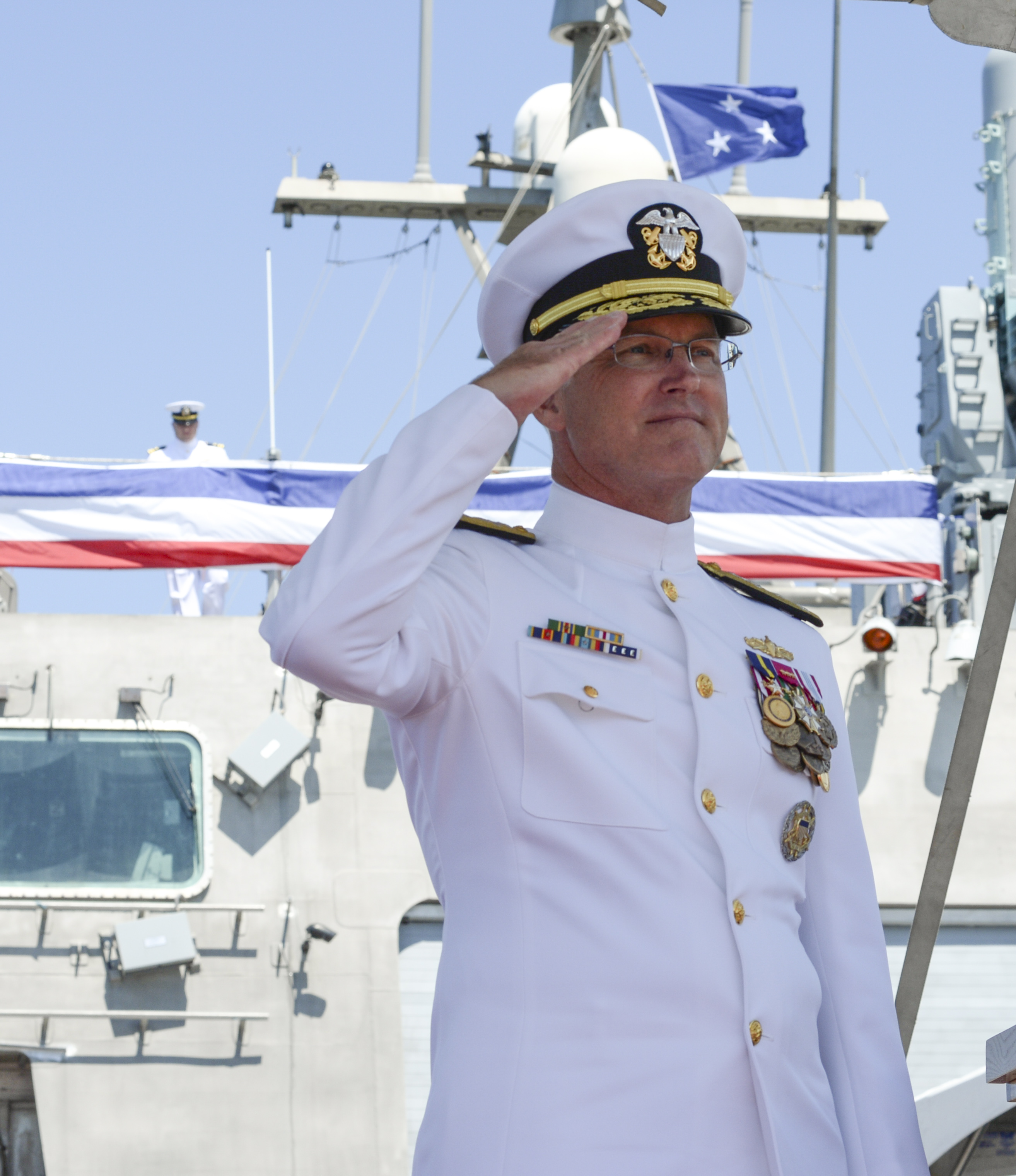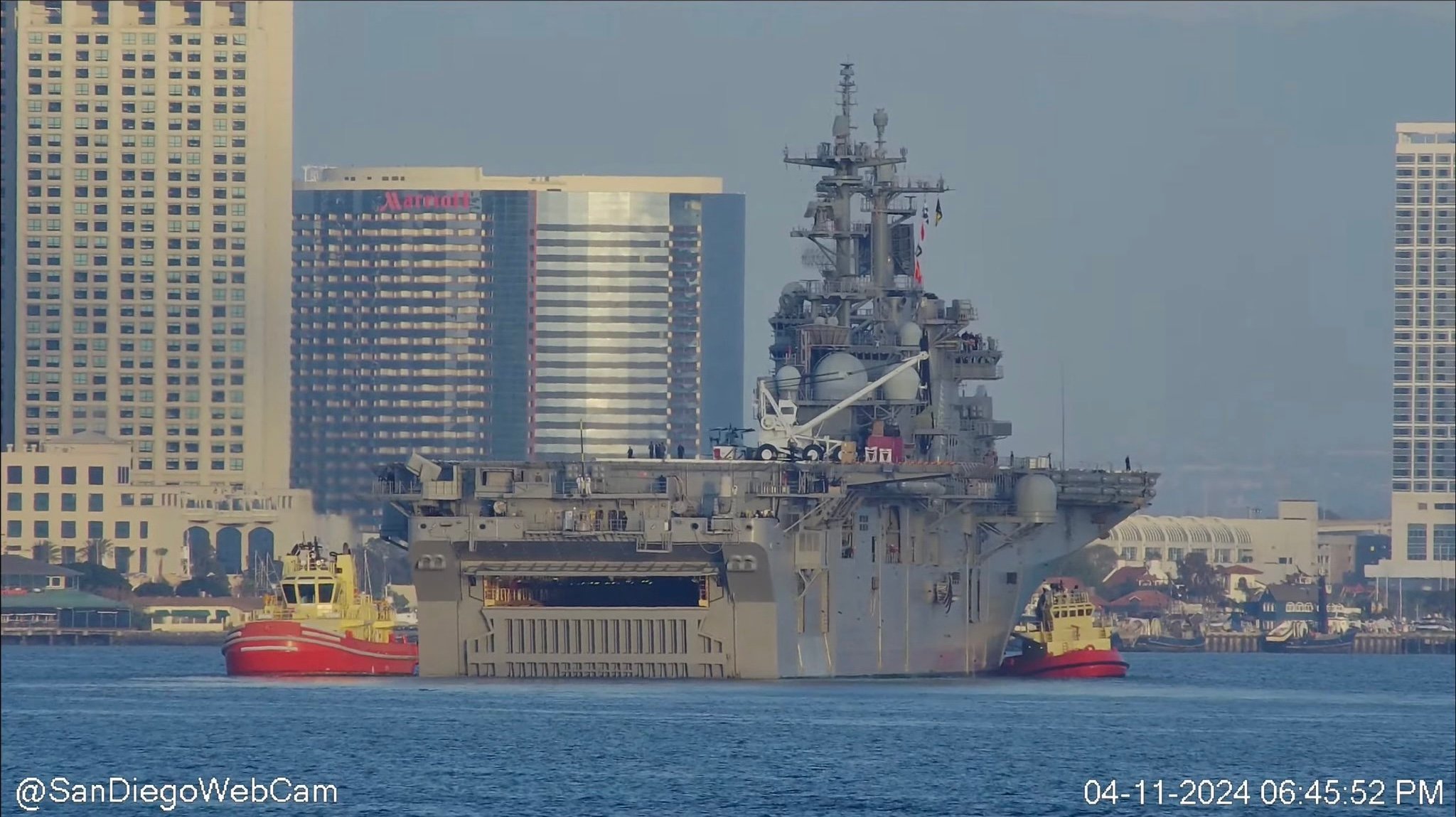
The Navy is trying to understand how its distributed lethality concept for its surface force will affect not only the behavior of an adversary but also the behavior of Navy commanders through a series of ongoing wargames.
Commander of Naval Surface Forces Vice Adm. Tom Rowden said the Navy conducted a wargame at the Naval War College last year when it was considering what the follow-on to the Littoral Combat ship might look like; when a medium-range surface-to-surface missile was added to the LCS, “the results were notable” in terms of both commanders’ behavior, he said Thursday at an event cohosted by the Center for Strategic and International Studies and the U.S. Naval Institute.
“The friendly commander immediately began to employ the LCS differently in the scenarios, moving from a niche presence role to an offensive warfighting role,” he said. This change “added stress and complexity to the red force commander, who had to spend precious ISR resources trying to find these upgunned ships, ships that now represented a far more serious threat to his own fleet.”
Ultimately, this led to the distributed lethality concept – every Navy ship at sea ought to pose a threat to the adversary.
But Rowden said upgunning ships would be “suboptimal unless we operate that force differently.” Surface combatants still need to protect high-value assets, such as aircraft carriers and amphibious assault ships, but they could take on additional tasks or be geographically positioned differently to complicate the enemy’s decision-making, which is what Rowden said the Navy needs to continue working through.
One challenge this poses, of course, is logistics. All ships will still need to be refueled and resupplied regardless of their geographic laydown, and Rowden said he is still unsure if the logistics network could support distributed operations and stay protected while traversing a larger area.
Logistics, “more than any one factor, including resources, will limit the impact of a more lethal and distributed force.”
To help answer these questions, the Navy stood up a Distributed Lethality Task Force that consists of warfighters and analysts that will partner with the Naval War College to continue wargaming. The first event was held in the spring, with a second taking place later this month and a third in October.
The wargames will analyze a variety of aspects, including the behavioral changes he said were noticeable in the original upgunned-LCS wargame. The wargame series will “provide a more rigorous mathematical underpinning to say, hey, was this unique in this behavior change we saw, or in fact would it drive change 99 times out of 100?”
Rowden said he also asked the Naval Postgraduate School to study the logistics of supporting a distributed force.
Another challenge would be command and control, he said. Command and control in a carrier strike group is “tried and true, and it’s proven, and I think it’s effective. But if we were to put different groups of ships together and employ them differently then obviously there has to be a command and control structure associated with that.”
Rowden added that the Navy might need to look at “what different adaptive force packaging we put together and what kind of C2 we need to have on those force packages” to support various distributed laydowns.
Also during the event, Rowden addressed comments that director of surface warfare Rear Adm. Pete Fanta made to a House Armed Services Committee panel. Fanta testified that the Navy needed 40 ships with the Air and Missile Defense Radar to handle both cruise missile and ballistic missile threats simultaneously. Tight budgets have slowed the modernization schedule.
“There’s a number of ways you have to look at addressing the threats that exist and the threats that grow. Certainly one of the paths that you have to take in addressing that threat is, do you have the right modernization and the right modernization schedule in order to get the capability to the ships,” Rowden said.
“I think that’s what we have a tendency to concentrate on. I think there are other ways also that we have to spend equal time thinking about in order to be able to address those threats as the ebb and flow of the budget realities drive your modernization schedule even more rapidly – or not as rapidly – as obviously you’d like to drive it. At the heart of that is having an organization that can develop the tactics, techniques and procedures. … So on the 9th of June we stood up the Surface and Mine Warfighting Development [Center], headed by Rear Adm. Jim Kilby out there in San Diego.
“Certainly I’d like to snap my fingers and say hey, everything’s fully modernized,” he continued.
“The reality of it is you’re going to move through it. So are there other things you can do as you work on the modernization of the force to counter the adversary’s actions in order to be able to project power, execute sea control and all those things?”
Overall, Rowden said he believes distributed lethality is one tool that will help the surface warfare community maintain superiority at sea.
“With modest investments in weapons and [intelligence, surveillance and reconnaissance] systems and sensors, the surface force is better poised to support the roles outline in the new maritime strategy,” Rowden said.
“Distributed lethality, for the surface force, is not a wholesale change; it’s tweaking a smoothly running machine to add capability at minimal cost to us with big change for the adversary.”





